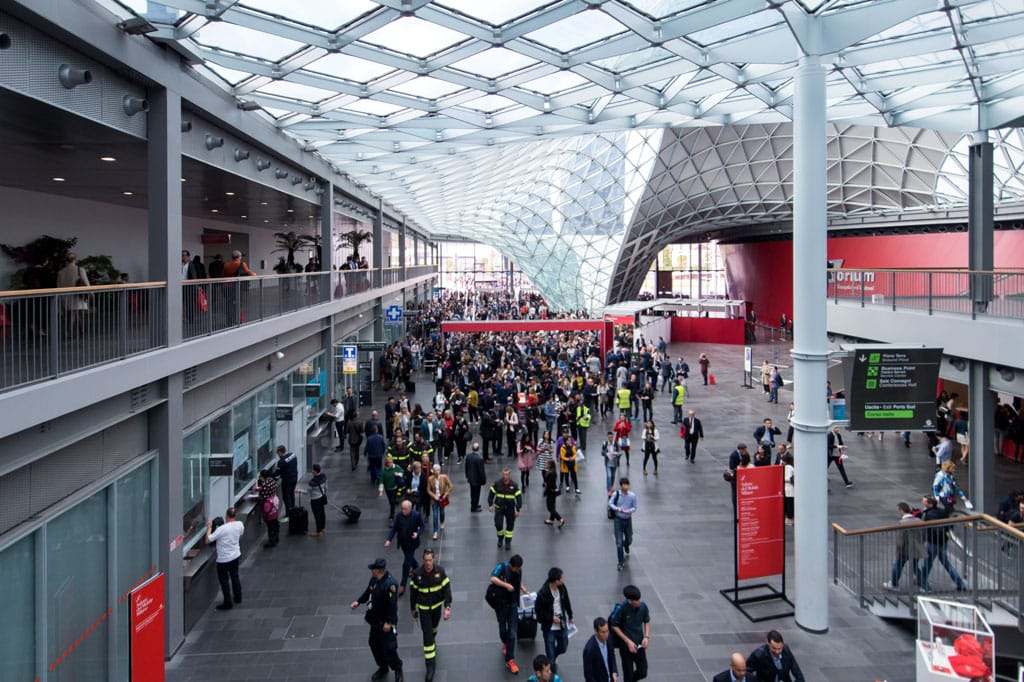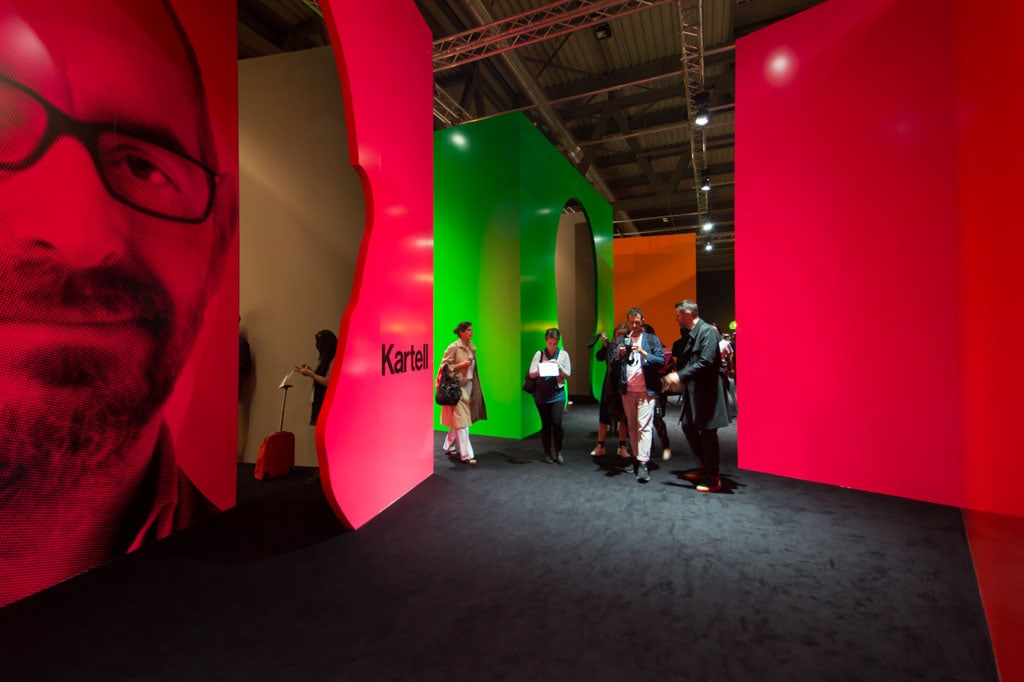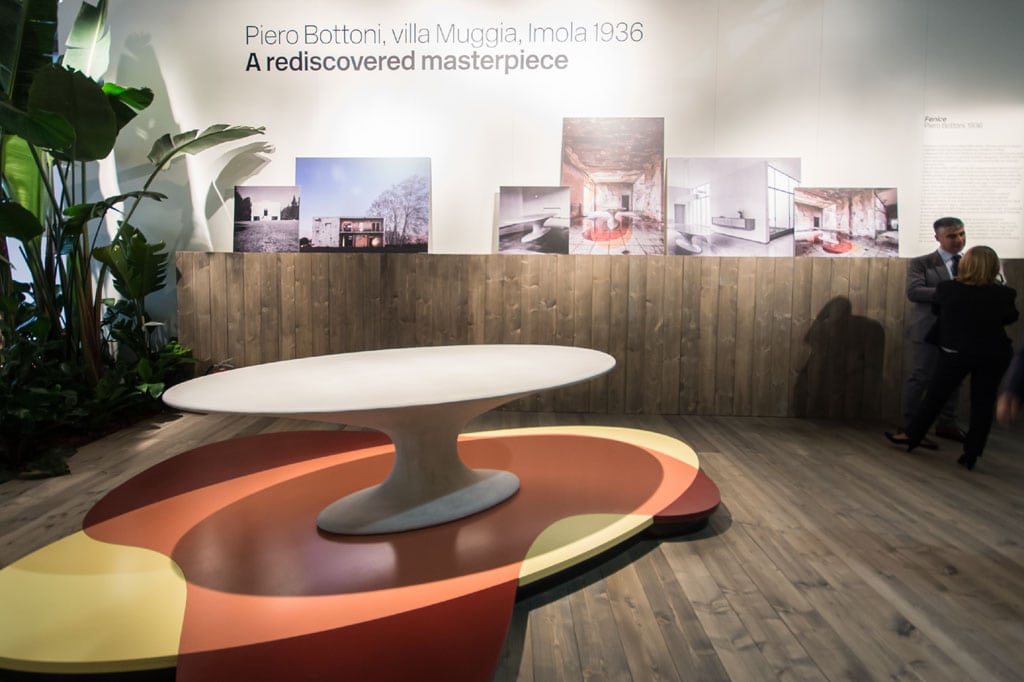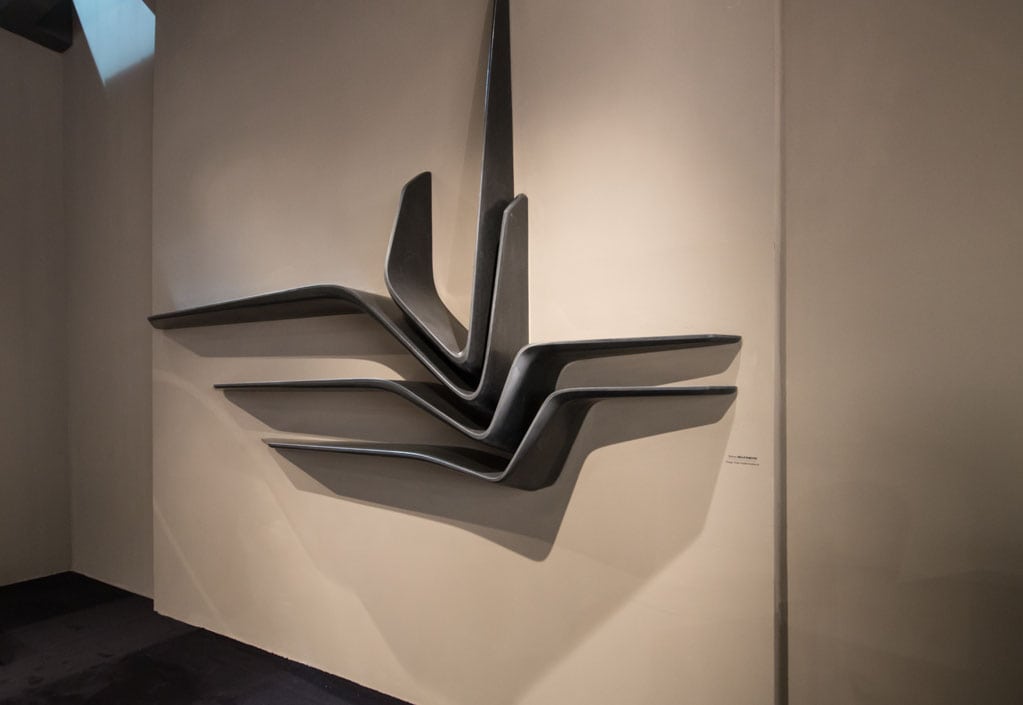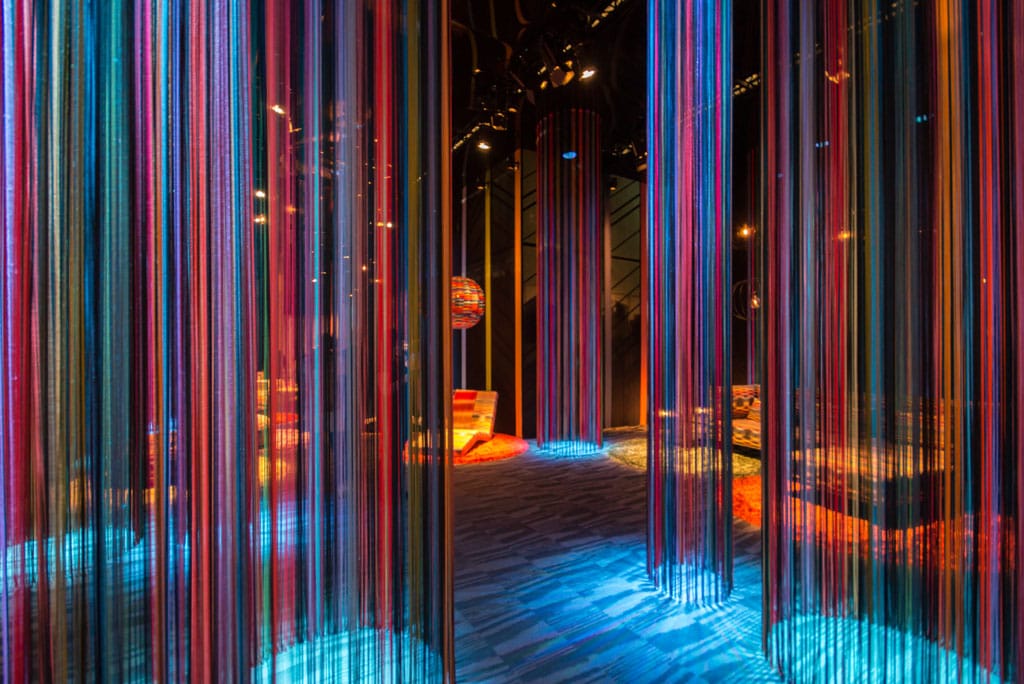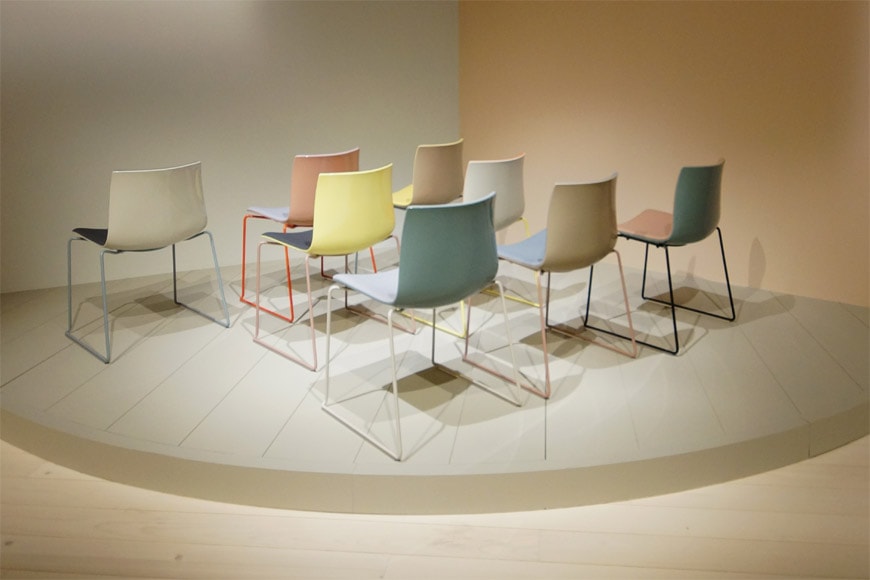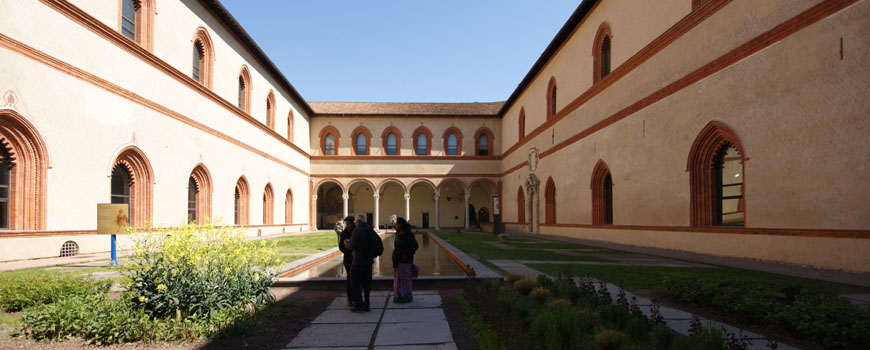Report from Milan Furniture Fair 2016
Report from Milan Furniture Fair – Salone del Mobile – 2016
The 2016 edition of the Milan Furniture Fair, although in its usual heterogeneity, presents some common traits which raise interesting points of discussion on the present and future of design.
Many “major” Italian manufacturers, such as Kartell and Zanotta, have decided to showcase in their fair stands their “classic” production, presenting the epitome of their own history.
It looks like some protagonists of Italian design, in the year of the 21st Triennale, want to firmly assert the identity and peculiarity of that national design tradition which, since the end of World War Two, has created and distinguished the so-called “Made in Italy”.
Kartell, for example, with the exhibition Talking Minds presents those figures who have worked and still work for the Milanese company, through a presentation that highlights single designers. Alessandro Mendini, Patricia Urquiola, Fabio Novembre, Ferruccio Laviani, Philippe Starck, Tokujin Yoshioka, Alberto, and Francesco Meda; a dedicated “room”, identified by a large portrait and a specific color, is dedicated to each of them; here, the designer depicts the development of one of more products he/she has created for Kartell.
Kartell pavilion: general views and the “rooms” dedicated to Philippe Starck and to Alessandro Mendini.
Similarly, in its “green” space Zanotta presents recent products, many of which are by Frank Rettenbacher, side by side with its classic pieces – designed by Achille and Pier Giacomo Castiglioni, Enzo Mari, Superstudio, DePas d´Urbino Lomazzi, and Carlo Mollino, among others – together with an exceptional monobloc concrete table, conceived by Piero Bottoni in 1936.
Zanotta space, Fenice table by Piero Bottoni, 1936
Zanotta space: installation view, on the right a Quaderna table by Superstudio, 1970
Zanotta space, two Mezzadro stools by Achille e Pier Giacomo Castiglioni, 1957
Such vision by some of the leading brands of the so-called “Italian Design” is further reinforced by the exhibition Before Design Classic – which focuses on the “archetypes”, imaginary, and manufacturing traditions on which modern Italian design is based, and which we cover in a dedicated article.
Moreover, also international companies propose a similar approach; such as Knoll which, in a space designed by Rem Koolhaas and inspired by the Barcelona Pavilion conceived by Mies van der Rohe in 1929, exhibits new furniture designed by Piero Lissoni and Marc Krusin alongside historical pieces by Florence Knoll, Mies Van der Rohe, Eero Saarinen, and Harry Bertoia.
The Knoll Pavilion designed by OMA – Rem Koolhaas, inspired by the Barcelona Pavilion by Mies van der Rohe
Knoll pavilion with a series of chairs including the Diamond chair by Harry Bertoia, 1952
Again, Vitra presents new designs by Jasper Morrison and Ronan & Erwan Bouroullec together with a re-edition of the coffee table designed by Charles and Ray Eames in 1949.
Vitra Pavilion, Milan Furniture Fair 2016
Such a tendency to celebrate its own historical identity, not universal yet indubitable, could be interpreted in two, different and somehow opposed, ways.
On one side, this proud demonstration of personal vision and history by companies could be a necessary “Full stop. New paragraph” on which the future of design can be founded; maybe reserving greater attention to young designers who, as never before, are numerous and ready to bring an innovative contribution, as evident in the impressive growth of that self-managed manufacturing through which many emerging designers decide (?) to express their creativity and produce their projects.
On the other side, such self-celebration of “what we are and we have always been” can become a hindrance to innovation and invest in alternative products and designers.
Obviously, every company has its own vision and business strategy; yet, the general attitude towards those two opposite approaches will be soon evident in the attention that the furniture and home accessories production system will have for new designers, innovation in forms and materials, novel behaviors and lifestyles, and for the introduction of advanced technologies, both in the manufacturing process and in the creation of “smart” objects. We will see.
MDF Italia space, Tense Material table by Piergiorgio Cazzaniga
Citco space, Enigma table by Daniel Libeskind
Citco space, Valle Shelves by Zaha Hadid Architects
Views of the stand of Artek designed by Kuehn Malvezzi
The space of Missoni presenting the Fireworks home fabric series and the Jalamar chair.
The space of Arper: Catifa chairs, new edition.
All photos © Inexhibit, 2016
copyright Inexhibit 2025 - ISSN: 2283-5474

